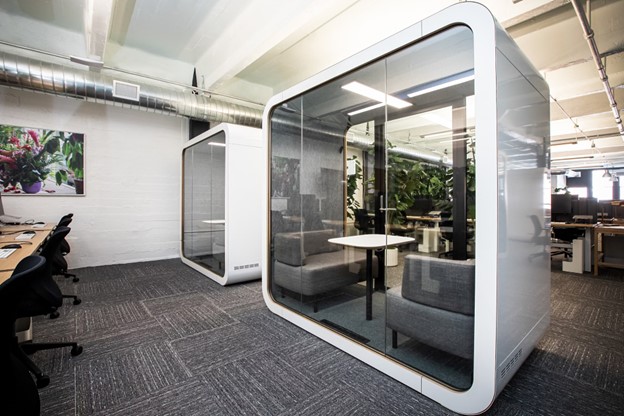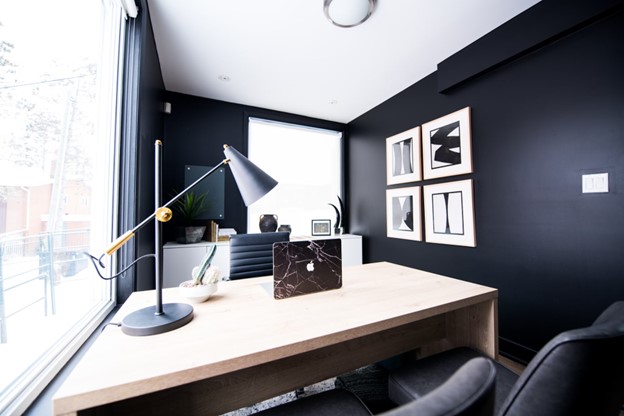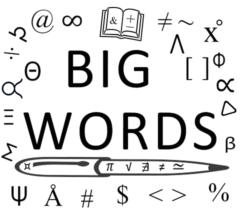My blog focuses on Financial Literacy/Money, Business/Entrepreneurship and Workplace Discussion. If you have a physical office, optimizing the space is a critical consideration. A helpful principle may be minimalism. The following contributed post is entitled, Minimalism in Modern Office Design To Drive Function and Focus.
* * *
In an age where professional spaces are expected to be both productive and polished, office design is key to empowering your team. What does the perfect office decor look like? Opinions vary depending on the industry you’re in. But for corporate environments, minimalism is trending. Minimalism is a design strategy that truly lives by the motto: Less is more.
This isn’t about sterile surfaces or aesthetic deprivation. It’s about creating spaces that make room for clarity, deep work, and intentional working. The minimalist office makes room for meaningful focus, client meetings, and more. And in a world where companies are calling employees back into the office, nailing your decor is a game-changer.

Cleanliness
Minimalism starts not with furniture but with the discipline of keeping the workplace clean. Visual clutter disrupts mental clarity. A disorganised space, even a subtly untidy one, can gradually lead to cognitive overload and fatigue.
The foundation of a good minimalist design is about keeping the space clean. For long term success many offices prefer to use a professional cleaning service paired with shared expectations among staff.
A regular office cleaning routine doesn’t just preserve the aesthetic. It creates a mental environment where ideas flow more freely without distractions. For employees, a clean office space can feel grounded and focused.
Single Design Feature
Minimalism often relies on a single, show-stopping element, a feature that gets attention for its appearance. Unlike maximalist styles that layer and ornament, minimalist spaces create depth by amplifying the presence of one strong visual accent.
This could be a matte black accent wall, a striking light fixture or a textural material that’s both form and function. For example, adding a stainless steel sheet to your design can add texture and modern contrast without overwhelming the space. Its clean lines, reflective surface, and durability make it perfect for reception walls, desk accents or even vertical storage elements that echo the efficiency of the workspace itself.
Used correctly this material not only enriches the aesthetic but reinforces the design’s underlying philosophy: simplicity, permanence, and intent.

Remove to Refine
True minimalism understands purpose. Every piece of furniture, partition or accessory must earn its place. One of the best ways to modernise a workspace is to remove what no longer serves.This could mean removing physical dividers between desks in favour of open layouts or repurposing a glass partition as a writable surface. In many ways a minimalistic office decor will embody some of the core principles of Feng Shui: removing objects that disrupt the flow of energy, light and thought.
By reducing visual noise and functional redundancy, you allow the space to breathe and the people in it to think more clearly, collaborate more naturally and move more fluidly throughout the day.
Conclusion
In summary, true minimalism delivers a well designed, clean and intentional space that works for both your team and your clients. It sharpens focus, clarifies purpose and quietly reinforces the values of the people who inhabit it.
In the modern workplace where every square foot counts, simplicity isn’t just beautiful. It’s growth and retention.
